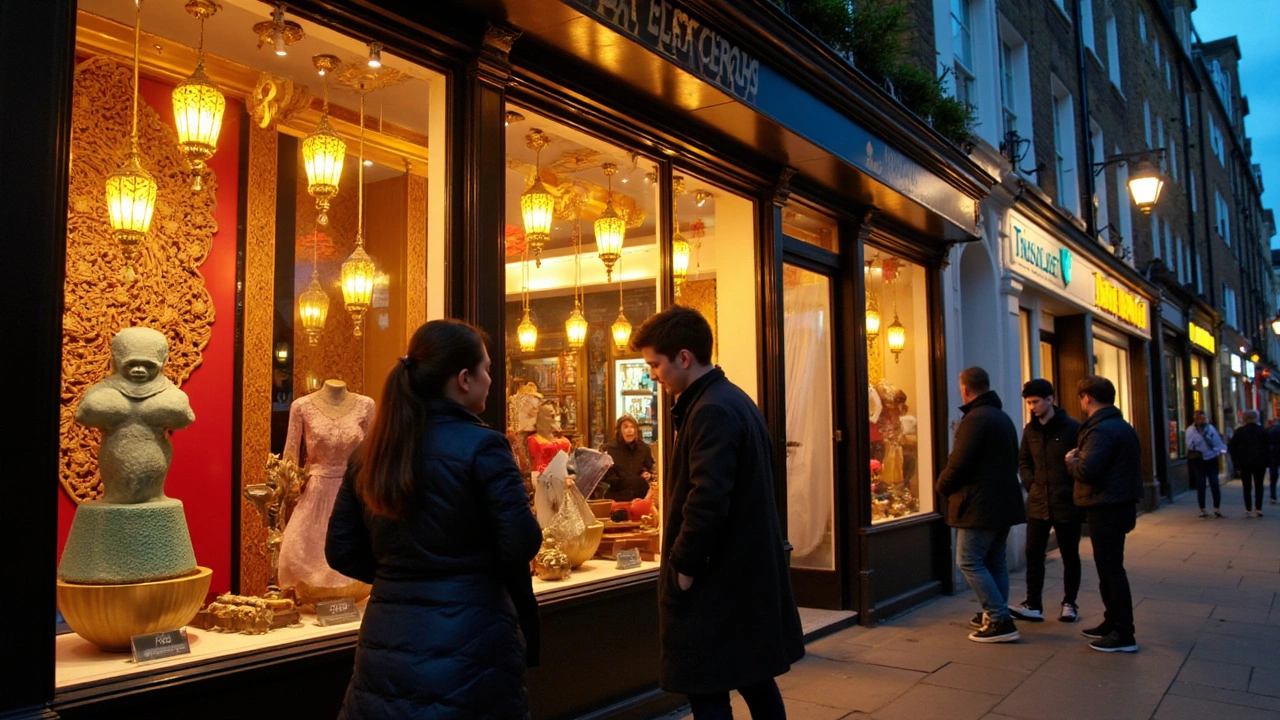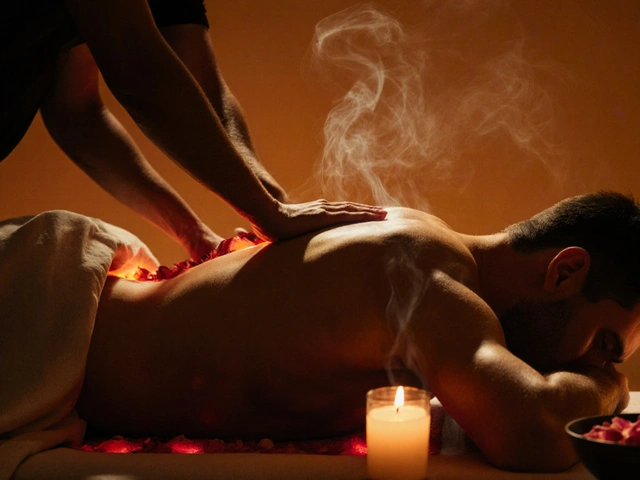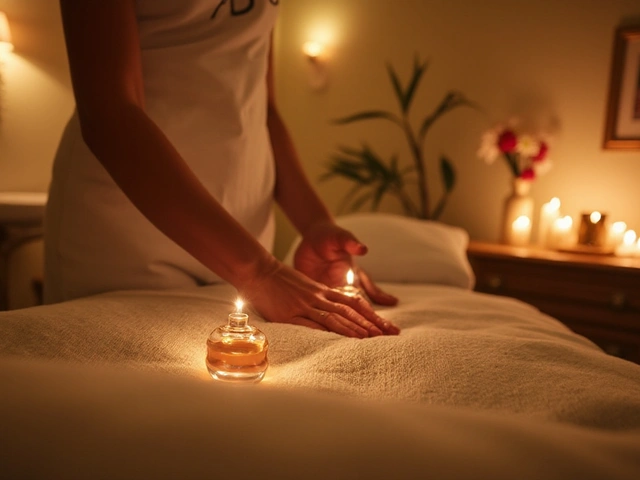Best Thai Massage in London – Your Quick Guide
If you’ve heard about Thai massage and wonder if it lives up to the hype, you’re not alone. London offers a range of studios, from traditional temples to modern wellness hubs. This guide breaks down why Thai massage is unique, how to spot a quality therapist, and the basics you need before booking.
Why Thai Massage Stands Out
Thai massage blends gentle stretching, rhythmic pressure, and guided movement. Unlike a typical Swedish session, you stay fully clothed and move through a series of yoga‑like poses. The result is improved flexibility, reduced muscle tension, and a calming effect on the nervous system. Many reviewers say they leave feeling both relaxed and energized.
How to Choose the Right Thai Massage Spot
Start by checking the therapist’s credentials. Look for a certified Thai massage practitioner or a studio that advertises training in traditional Thai techniques. Reading recent client reviews helps you gauge consistency – a place that consistently gets five‑star feedback likely delivers solid results. Also, compare price ranges; good sessions in central London usually run £70‑£120 for an hour.
Location matters too. A studio near a tube station saves you time and makes it easier to fit a session into a busy day. If you prefer a quieter atmosphere, opt for a venue tucked away in a residential area. Many places also offer a short consultation before the massage, which is a good sign they care about your comfort.
When you call to book, ask about the style of Thai massage they provide. Some therapists focus on deep pressure and intense stretching, while others keep it light and more relaxation‑oriented. Knowing this ahead of time helps you match the session to your goals, whether you want to improve mobility or simply unwind after work.
On the day of your appointment, wear loose, comfortable clothing. Thai massage involves a lot of movement, so stretchy pants or yoga leggings work best. Bring a water bottle – staying hydrated helps flush out toxins released during the stretch work.
During the session, expect the therapist to guide you through a series of assisted stretches, applying pressure along the body’s energy lines, called “sen.” You’ll breathe deeply, and the therapist may use their elbows, knees, or forearms to deepen a stretch. If anything feels uncomfortable, speak up; a good practitioner will adjust pressure right away.
After the massage, give yourself a few minutes to sit quietly. This lets your body settle and maximizes the benefits. Many people notice a smoother range of motion and less back stiffness the next day. Adding a short walk or gentle yoga routine can extend those gains.
To keep the benefits rolling, aim for a Thai massage every 4‑6 weeks. Consistency helps maintain flexibility and reduces the risk of chronic tension. Pair the sessions with regular stretching at home and stay active – the combination works like a natural wellness plan.
In short, finding the best Thai massage in London boils down to checking qualifications, reading reviews, and matching the therapist’s style to your needs. With the right studio, a single session can boost both body and mind, leaving you ready for whatever the day throws at you.
Curious about Thai massage in London? This guide breaks down what makes it special, why Londoners love it, and exactly what you can expect from a session. You’ll get tips on picking the right place, insight into the different massage styles you can try around the city, and honest advice on pricing and safety. By the end, you’ll know how to get the most out of your next Thai massage, whether you’re a total beginner or searching for a new local favourite.
Read More




